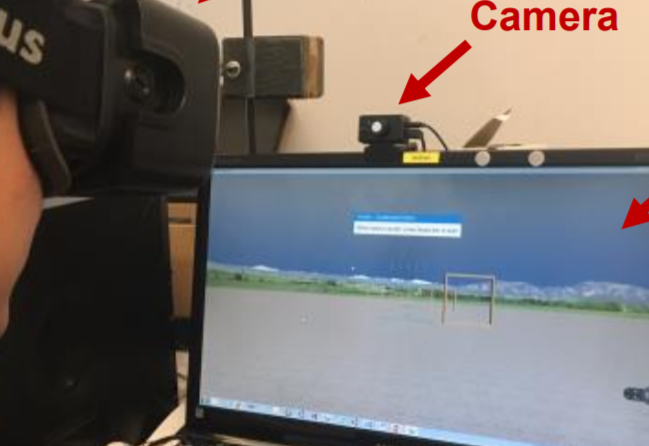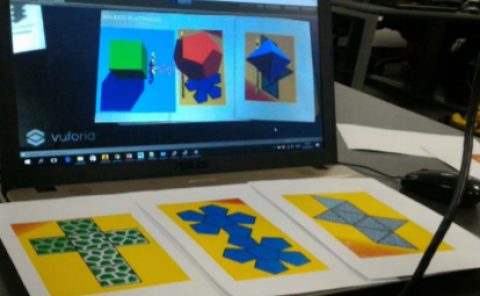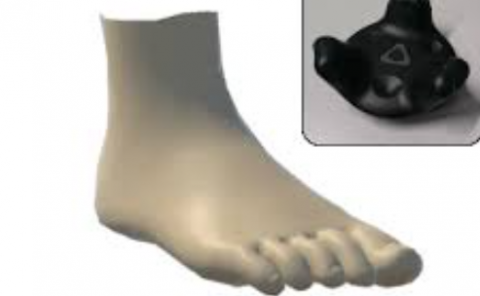The Effects of Visual and Control Latency on Piloting a Quadcopter using a Head-Mounted Display
PubDate: Jan 2020
Teams: York University;New Jersey Institute of Technology;National Research Council
Writers: Jingbo Zhao, Robert S. Allison, Margarita Vinnikov, Sion Jennings
PDF: The Effects of Visual and Control Latency on Piloting a Quadcopter using a Head-Mounted Display

Abstract
Recent research has proposed teleoperation of robotic and aerial vehicles using head motion tracked by a head-mounted display (HMD). First-person views of the vehicles are usually captured by onboard cameras and presented to users through the display panels of HMDs. This provides users with a direct, immersive and intuitive interface for viewing and control. However, a typically overlooked factor in such designs is the latency introduced by the vehicle dynamics. As head motion is coupled with visual updates in such applications, visual and control latency always exists between the issue of control commands by head movements and the visual feedback received at the completion of the attitude adjustment. This causes a discrepancy between the intended motion, the vestibular cue and the visual cue and may potentially result in simulator sickness. No research has been conducted on how various levels of visual and control latency introduced by dynamics in robots or aerial vehicles affect users’ performance and the degree of simulator sickness elicited. Thus, it is uncertain how much performance is degraded by latency and whether such designs are comfortable from the perspective of users. To address these issues, we studied a prototyped scenario of a head motion controlled quadcopter using an HMD. We present a virtual reality (VR) paradigm to systematically assess the effects of visual and control latency in simulated drone control scenarios.


